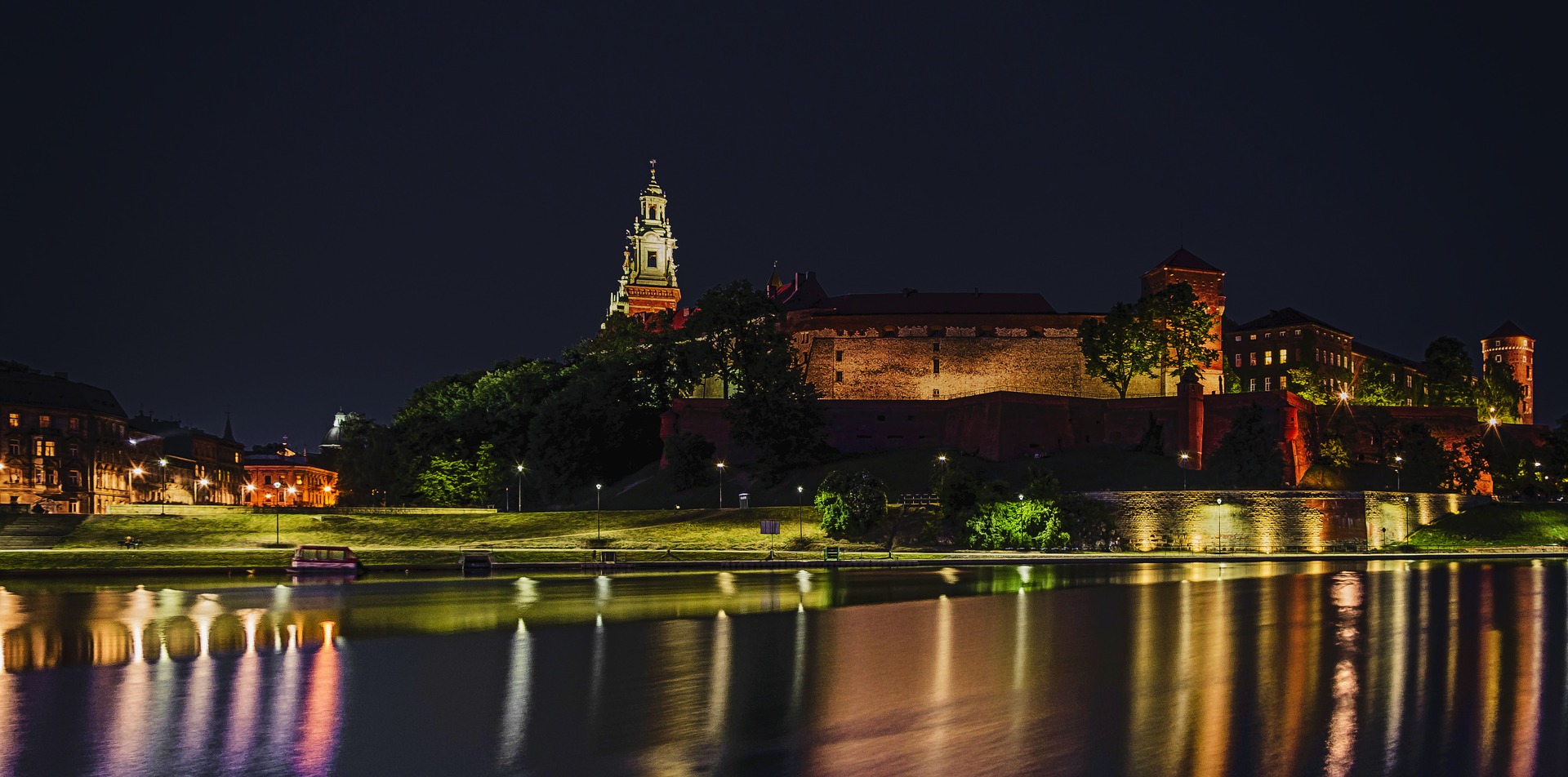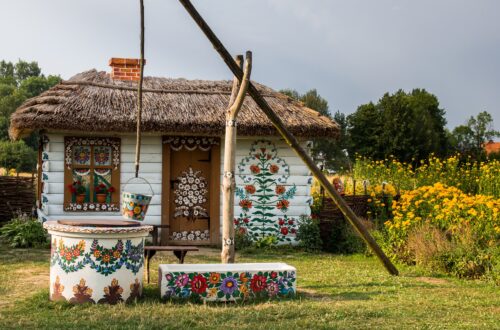From Groszy to Złoty: A Deep Dive into Poland’s Currency
Are you considering a trip to Poland? The first thing that comes to mind might be picturesque views of the city, delicious pierogis, and medieval architecture. But do you know enough about the currency in use there?
While being prepared for your upcoming vacation is important, familiarizing yourself with Poland’s currency system is an especially worthwhile undertaking as it can save you money and help create a stress-free experience when visiting this beautiful country. To make your travels easier we’ve put together everything you need to know about Polish currency so all that’s left for you to do is enjoy every moment!

Polish Currency (Notes & Coins)
Polish Currency comes in the form of notes and coins. The Polish złoty (PLN) is the official currency of Poland and is made up of 100 groszy. The banknotes are a colorful combination of hues, ranging from blue to pink to green and feature polish kings.
As for the coins, there are six denominations ranging from 1 groszy to 5 złoty. All the notes and coins are adorned with intricate designs that showcase the rich history and culture of Poland.
These banknotes and coins are issued by the National Bank of Poland (Narodowy Bank Polski) and are legal tender in the country.
| Currency Type | Denominations |
|---|---|
| Coins | 1, 2, 5 złoty and 1, 2, 5, 10, 20, 50 groszy |
| Special Issue Coins | 5zł |
| Banknotes | 10, 20, 50, 100, 200 złotys |

How to exchange foregein currency for polish zloty?
Exchanging your currency for the Polish złoty can be done in several ways, and the method you choose depends on your preference and convenience.
#Kantors
One option is through physical exchange counters known as “kantor.” These are popular in Poland and offer competitive exchange rates. They are found in various locations, including shopping centers, airports, and city centers.
***Avoid airport exchanges, why?
Firstly, they usually offer less favorable exchange rates compared to other options such as local exchange counters, banks, or online platforms.
Secondly, the convenience of being located within the airport often comes with higher service fees, which can significantly reduce the amount of foreign currency you receive.
Lastly, due to their captive audience, airport exchanges have less incentive to offer competitive rates, meaning you might not get the best value for your money.
When visiting local currency exchanges in Poland, it’s always a good idea to inquire about potentially better exchange rates. This is especially true if you’re exchanging substantial amounts of money, such as 500 or 1,000 units of your currency.
Often, these establishments are willing to offer slightly more favorable rates for larger transactions, meaning you could gain a few extra cents on each unit of your currency, which can add up significantly with larger amounts.
#Banks
Another option is to use banking services. Many banks offer foreign currency exchange services, both in branches and online.
However, it’s worth noting that the exchange rates offered by banks may not be as favorable as those at a kantor or by using certain online services. Plus the staff may not always be fluent in languages such as English or German.
This could potentially lead to misunderstandings or difficulties in communication. It’s always a good idea to have a translation app or phrasebook handy, or consider using online exchange services where language is less likely to be a barrier.
#Online Platforms e.g Revolut, Wise, Currensea
Moreover, there are numerous online platforms and apps that allow you to exchange currencies digitally. Some of these include Revolut, Wise (formerly TransferWise), and Currensea. These platforms often offer good exchange rates and low fees, making them a popular choice, especially for regular travelers or those who need to transfer money internationally.
My take on Currensea (UK only)

I’ve been using the Currensea travel card for years and it’s a game-changer. With low fees, excellent exchange rates, and direct linking to your bank, it simplifies international spending. Ready to make your travels easier?
Join me and get your Currensea card today! Trust me, you’ll love it.
Get my card: Click
| Exchange Platform | Pros | Cons |
|---|---|---|
| Kantor (Currency Exchange Offices) | Often offer good exchange rates, especially in city centers or tourist areas. No need for an account. | Rates can vary significantly between offices. Some may charge commission fees. |
| Banks | Convenient if you have an account with the bank. Some offer online exchanges. | Often not the best exchange rates. May include service charges or transaction fees. |
| Online Platforms (e.g., Revolut, TransferWise) | Typically offer competitive exchange rates. Convenient for online banking. e.g Revolut, Currensea, Wise | May require setting up an account. Possible transaction fees. |
Current Exchange Rate
It’s also worth considering the current exchange rate between your currency and the Polish złoty when planning your exchange. As of September 6, 2023, 1 PLN equals 0.234635 USD.
It’s essential to compare different options and consider factors such as exchange rates, fees, and convenience before choosing the best method for your needs.
ATM’s
Cash dispensers, also known as ATMs, are widely available in Poland and offer a convenient way to access cash.
However, it’s important to note that there are daily withdrawal limits; for instance, some popular banks have a limit of PLN 1000. While using ATMs, be mindful of potential fees and commissions. For travelers, it’s recommended to familiarize yourself with the exchange rates and payment options in Poland.
Can I use debit or credit card in Poland?
Yes, you can use your credit and debit card in Poland. The most widely accepted cards are Mastercard and Visa, but American Express is also accepted in many places.
Credit cards are commonly used in Poland, especially in touristy areas. You can pay by card in most places except some smallest ones. Both residents and visitors are increasingly opting for card payments, even for minor transactions, with contactless payment being the preferred method.
However, it’s always a good idea to have some cash on hand, especially if you’re going to more rural areas or smaller establishments that may not accept cards. Also, be aware of potential foreign transaction fees when using your card abroad.
History of Polish Currency
The history of Poland’s currency, the Polish złoty (meaning “golden” in English), is rich and dates back several centuries. The first form of tangible currency in Poland was the denarius, which circulated since the 10th century. However, the origins of the złoty as we know it can be traced back to the 16th century, during the reign of King Sigismund the Elder, who carried out significant monetary reforms.
In 1496, Poland created a national currency equivalent to 30 groschen of Prague, which in Polish is called grosz or polski złoty. This currency underwent several changes over the years, particularly during periods of political upheaval. For example, the Polish Mark introduced by the occupiers in December 1918 formally became the currency of the new independent Polish state.
Current Zloty
The current form of the złoty was introduced in 1995, following a period of hyperinflation in the early 1990s. Each złoty is divided into 100 groszy. The National Bank of Poland has the exclusive right to issue the currency. Currently, there are nine denominations of coins in circulation.
The exchange rate of the złoty against other major currencies has been influenced by various factors, including political events and economic conditions in Poland and globally. As with any currency, its value fluctuates in response to these influences.
An interesting fact about the Polish złoty is that its name, meaning “golden,” is a common term for currency in the region, akin to “dollar” in English-speaking countries. Despite its name, however, the złoty was historically made of silver, not gold.
In conclusion, the history of the Polish złoty is as complex and fascinating as the country’s own history, reflecting the numerous changes and challenges Poland has undergone over the centuries.




